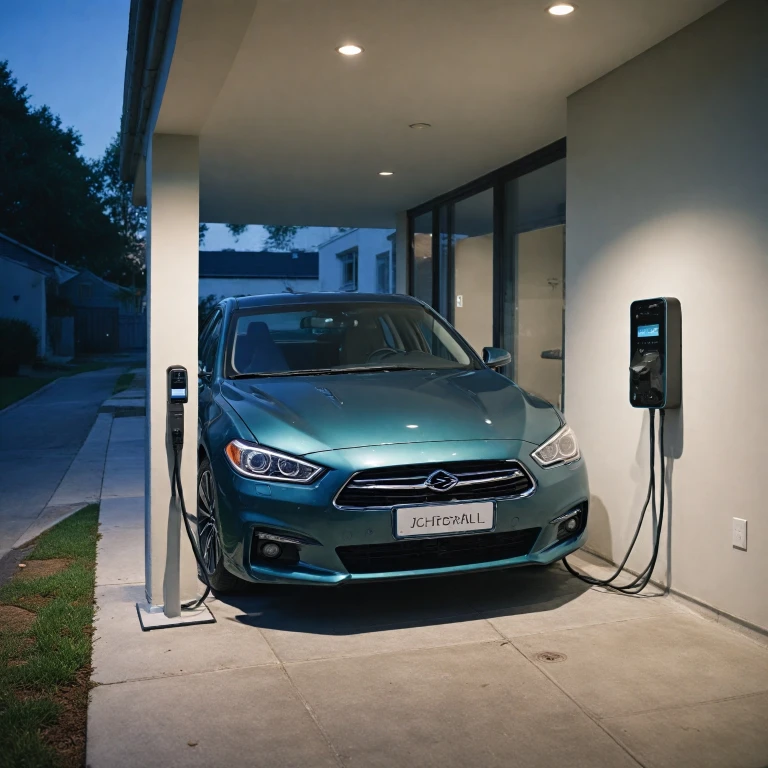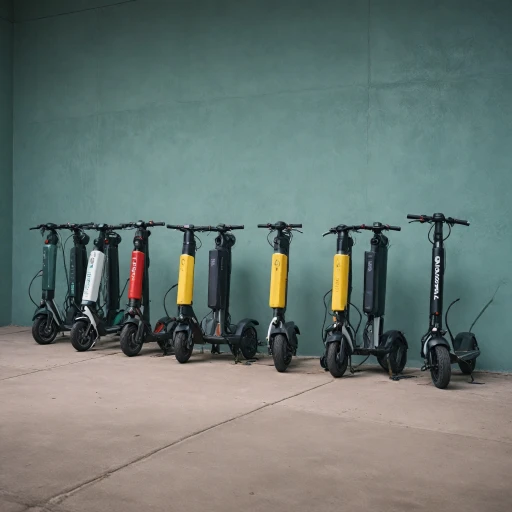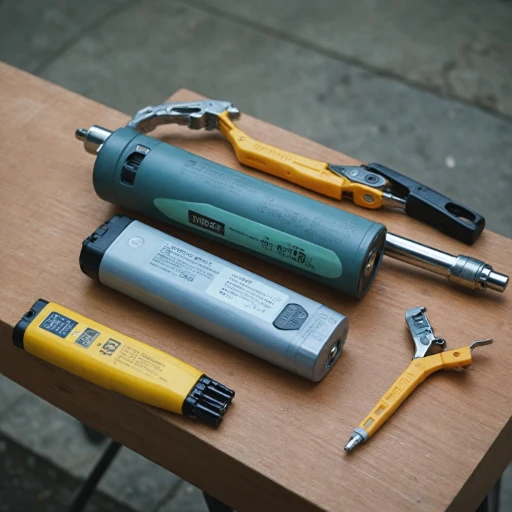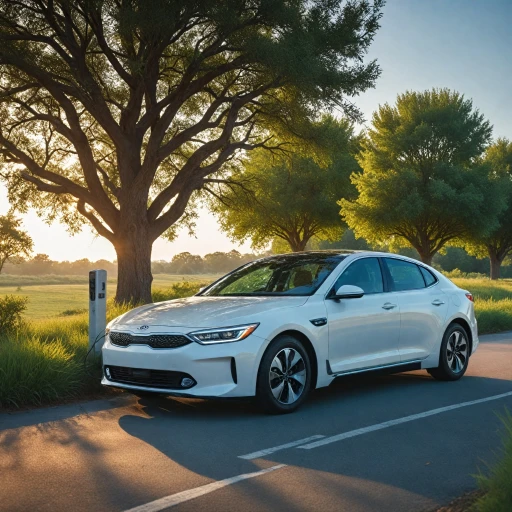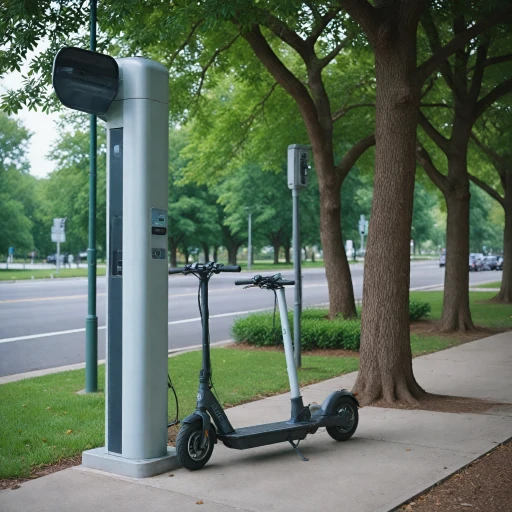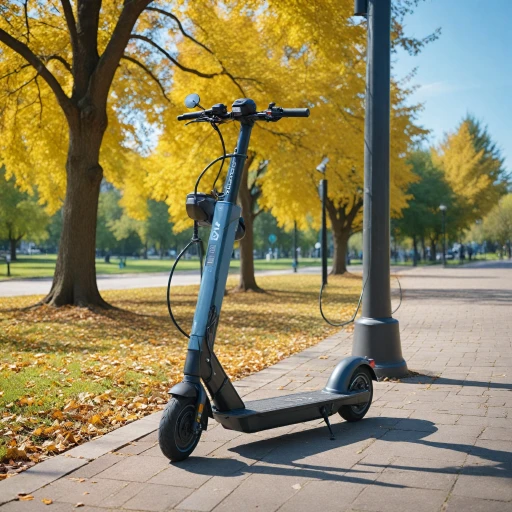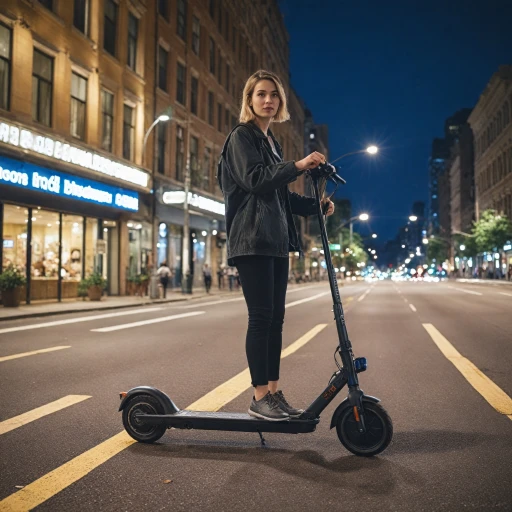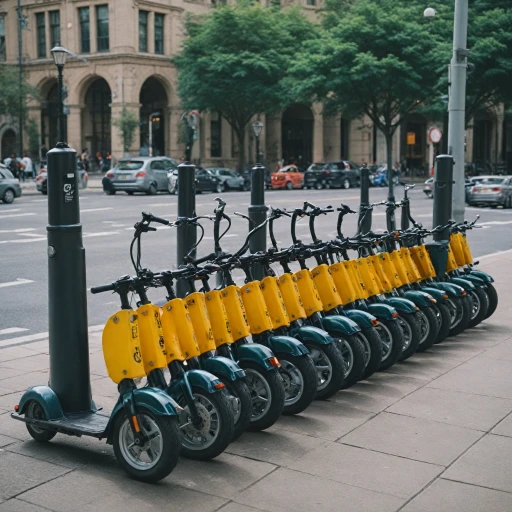
The Basics of Electric Scooter Charging
Exploring the World of Electric Scooter Charging
Electric scooters have become increasingly popular as a sustainable mode of transport, and understanding the nuances of charging them is essential. An electric scooter's charging process can be less familiar to those newly venturing into the world of electric vehicles. Here's a rundown of the basics to get you started. To begin with, electric scooter charging fundamentally involves connecting your vehicle to a power source using a compatible charger. The kia phev and other vehicles often use what's known as a level charger system, with varying options such as level 1 or level 2 chargers. These chargers essentially dictate the speed at which your scooter will be charged, impacting your overall charging session. The most common setup involves a standard plug and socket arrangement, easily attainable via a home charger or public charging stations. When you plug your vehicle in, it begins to fill up its battery, preparing it for the forthcoming rides. Many modern scooters also come with features like the kia connect app or charge point app, which allow you to monitor the charging process from your phone. For those looking to enhance their charging experience, installing a specialized charging station at home, such as those recommended by a kia dealer, can optimize the charging rate kia journeys demand. The setup may require a cph nema adapter to ensure compatibility with your home's electrical system. Additionally, if you're on the go, finding a public charging location is vital. While public charging options are expanding, it's always beneficial to have a strategy for locating a nearby scooter charger when needed. Learn more about how to find a scooter charger nearby for your convenience. Understanding these basics will help demystify the process of electric scooter charging, ensuring you're ready to enjoy your ride with ease. As you continue exploring other aspects such as charger installation and potential savings, you'll become well-versed in making informed decisions tailored to your needs and preferences.What is a Kia Level 2 Charger?
Understanding the Kia Level 2 Charger
The Kia Level 2 Charger is an essential component for anyone looking to efficiently charge their electric vehicle. Unlike the standard Level 1 chargers, which can take a significant amount of time to fill your vehicle's battery, a Level 2 charger offers a faster and more convenient solution. This charger operates at a higher voltage, allowing for quicker charging sessions, which is particularly beneficial for those with busy schedules.
When you connect your Kia vehicle to a Level 2 charger, you will experience a noticeable difference in charging speed. This is because the charger uses a 240-volt outlet, similar to what you might find for a home appliance like a dryer. Many Kia dealers offer these chargers, and they can also be found at various public charging stations. For those interested in home installation, a NEMA 14-50 outlet is commonly used, and it's advisable to consult with a professional to ensure compatibility and safety.
For those who are considering adding a Level 2 charger to their home, it's important to note that the installation process might require some adjustments to your existing electrical setup. However, the long-term benefits, including potential savings on charging costs and the convenience of faster charging, often outweigh the initial investment. Additionally, many users have reported positive experiences with the Kia Level 2 Charger, praising its reliability and efficiency.
To find a nearby charger or learn more about installation options, you can explore resources like finding a scooter charger nearby. This can provide valuable insights into available charging stations and help you make an informed decision about your charging needs.
Advantages of Using a Kia Level 2 Charger
Enhancing Your Charging Experience with Kia Level 2 Chargers
When it comes to maximizing the efficiency of your electric scooter charging session, utilizing a Level 2 charger like the one offered by Kia can significantly enhance your experience. These chargers are designed to deliver a faster and more reliable charge compared to traditional charging methods. Let's explore some of the advantages that come with using a Kia Level 2 charger.1. Fast Charging Capabilities
The most notable advantage of a Level 2 charger is its ability to fill up the battery at a much quicker rate than a standard charger. This is incredibly useful for those who depend on their electric scooters or vehicles for daily commuting and prefer not to spend an extended amount of time waiting for their battery to charge. For example, a Kia plug-in hybrid electric vehicle (PHEV) can be fully charged in just a few hours, making it convenient for drivers on tight schedules.
2. Compatibility and Versatility
Kia's Level 2 chargers are designed with compatibility in mind. They feature adaptable plugs and can connect to a variety of electric vehicles, not just Kia models. Additionally, the inclusion of a NEMA adapter ensures that the charger can be used with different residential outlets, further adding to its versatility. Choosing the right charger that meets your personal and vehicle-specific needs can enhance your overall charging efficiency.
3. Smart Features and Connectivity
The Kia Level 2 charger comes equipped with smart features that offer users better control and monitoring of their charging sessions. The accompanying app provides real-time updates and access to useful information, such as charge point locations and the status of your charging session. This connectivity simplifies the process for users, allowing them to plan their charges according to their schedules and energy preferences.
4. Long-Term Cost Savings
Although the initial cost to install a Level 2 charger may seem higher than other options, the efficiency gains and reduced charging times can lead to significant cost savings over time. By taking advantage of off-peak electricity rates and optimizing your charging sessions, you will receive a more cost-effective solution in the long run. Furthermore, public charging can be costly, so having a reliable home charging station reduces dependence on public facilities and associated terms of service charges.
Installation and Compatibility Considerations
Installation and Ease of Use with Kia Level 2 Chargers
When considering the setup for a Kia Level 2 charger, it is essential to focus on compatibility and installation requirements. The installation process not only affects efficiency but also influences long-term usage and satisfaction. First, to successfully charge your electric vehicle, ensure that the Level 2 charger plugs seamlessly into your existing electrical system. This often involves confirming compatibility with a NEMA outlet, which is standard in many homes for quick and secure connections. The NEMA configuration provides a robust pathway to fill your vehicle's battery swiftly, optimizing the overall charging session. Your chosen charger must be compatible with your Kia electric vehicle model, which may include the Kia PHEV or other electric vehicles in their lineup. Most modern chargers come with an adapter that allows them to connect with a variety of vehicle models, making them versatile additions to your home charging station. Furthermore, considering the installation by a professional could safeguard against potential electrical issues and ensure adherence to any applicable terms of service. Much like other significant electrical installations in a home, involving certified electrical professionals will not only ensure safety but also maximize efficiency. Beyond physical installation, digital integration plays a critical role. Many advanced chargers now come with a dedicated app or service that allows the user to monitor and control the charging process. Kia Connect and Kia Charge apps are popular options enabling users to easily manage their charging schedules remotely, thereby aligning the charging rates with electricity availability and pricing. By planning and considering all these elements, you can ensure a smoother transition to using a Level 2 charger. As with any significant installation, check with your local Kia dealer to understand any intricate details or receive dedicated support regarding your specific vehicle's needs.Cost Implications and Savings
Financial Considerations and Potential Savings
When considering the transition to a Kia Level 2 charger for your electric vehicle, understanding the cost implications is crucial. The initial investment in a Level 2 charger can vary, typically ranging from a few hundred to over a thousand USD, depending on the model and features. However, this upfront cost can be offset by the long-term savings and convenience it provides.
One of the primary advantages of a Level 2 charger is its efficiency. With faster charging times compared to Level 1 chargers, you can significantly reduce the time your vehicle spends plugged in. This not only saves time but can also lower electricity costs if you charge during off-peak hours when rates are lower.
Moreover, installing a Level 2 charger at home can eliminate the need for frequent visits to public charging stations, which often come with higher per-session fees. By charging at home, you can take advantage of lower residential electricity rates, further enhancing your savings over time.
It's also worth considering the potential increase in your property's value. Homes equipped with electric vehicle charging capabilities are becoming more attractive to buyers, especially as the demand for electric vehicles continues to rise. This added feature can make your property stand out in the real estate market.
Before making a purchase, it's advisable to consult with a Kia dealer or a certified electrician to ensure compatibility with your existing electrical system and to discuss any additional costs, such as installation or necessary adapters like the CPH NEMA plug. These professionals can provide insights into the best options for your specific needs and help you navigate any terms of service or privacy policy considerations related to your charging setup.
User Experiences and Testimonials
User Experiences with Kia Level 2 Chargers
Utilizing a Kia Level 2 charger for your electric vehicle seems to have garnered positive reactions from users who appreciate the speed and efficiency it offers. Charging a Kia with a Level 2 unit, as opposed to a standard level charger, drastically reduces fill time, which can be a game changer for those with busy schedules.Many users report that having a dedicated charging station at home brings convenience, allowing them to plug in and charge overnight without the hassle of searching for a public charging station. Kia's charging app and services further enhance this experience, offering real-time updates and insights into the charging session.
Key User Feedback:
- "The fast charging capability has transformed how I manage my vehicle's battery. No more long waits while my electric vehicle charges. It fits right into my daily routine."
- "The ease of installation surprised me. With the help of a Kia dealer, the process was seamless, and the CPH NEMA adapter was a perfect fit."
- "Despite the initial costs, the long-term savings are noticeable. I save on fuel costs and the Level 2 charger itself cut down the time and expense of public charging."
Users also highlight the importance of reviewing the terms of service and privacy policy associated with Kia charge and Kia connect services to ensure they make the most out of their charging infrastructure.
Overall, the capability of a Kia Level 2 charger to adapt to various electric vehicles, from Kia PHEVs to other plug-in hybrids, makes it a reliable addition to one's charging arsenal, provided it is compatible with your intended usage and charging setup.
